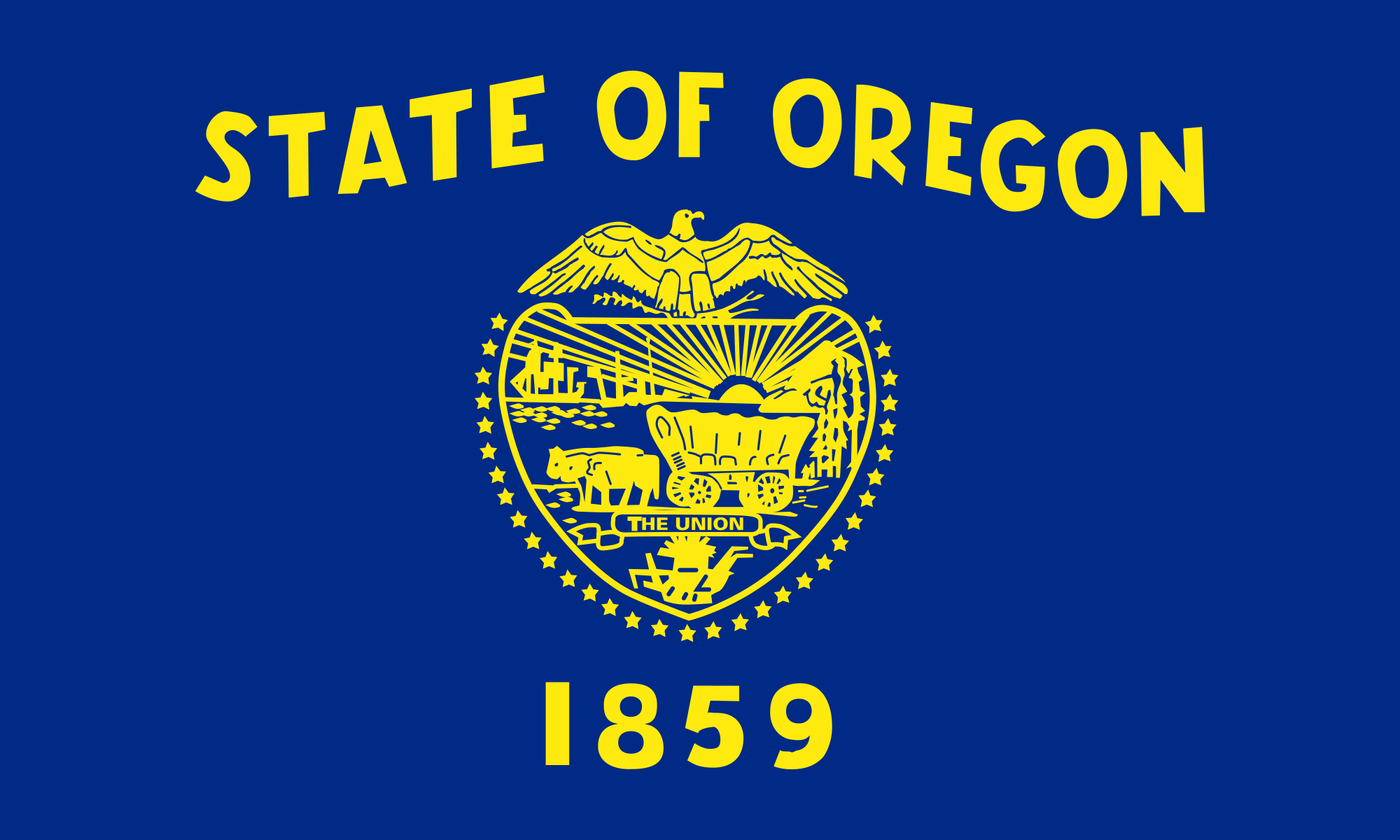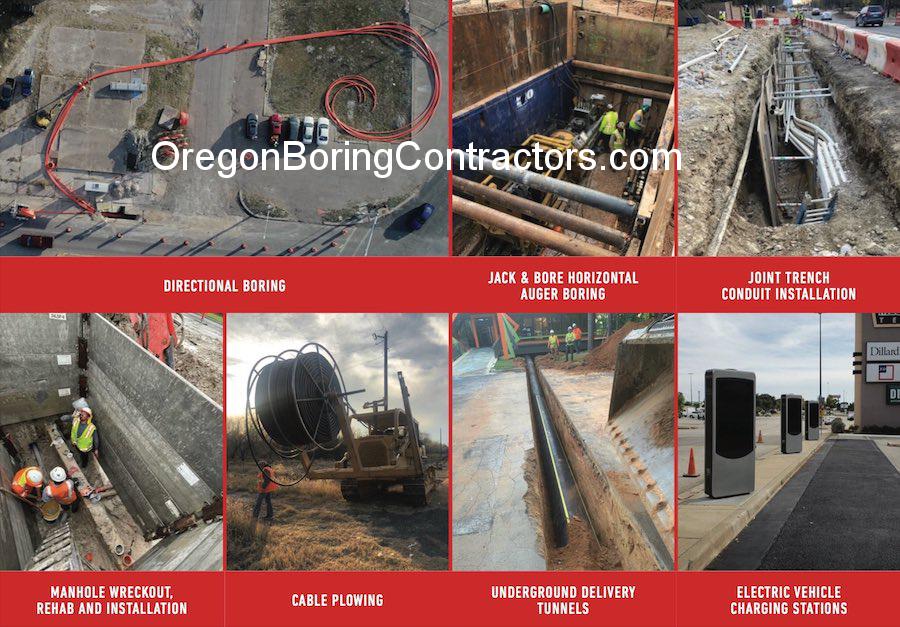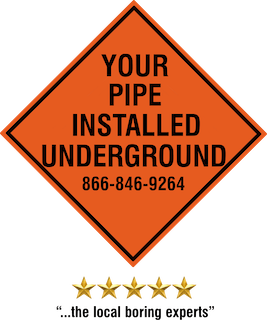Stormwater Boring
Oregon Directional Boring Contractors - Stormwater Boring Contractors
Stormwater boring is a critical application of horizontal auger boring (HAB), also known as jack and bore, for installing underground infrastructure designed to manage stormwater flow. This process is often used in municipal, government, and commercial projects that require precision for stormwater drainage systems. Here’s how it works and why it’s essential:
Oregon Directional Boring Contractors - Stormwater Boring Companies
Key Features of Stormwater Boring in Jack and Bore:
- On Line and On Grade:
- On line: The bore follows a precise horizontal alignment to ensure proper positioning under roads, railroads, or other obstacles.
- On grade: The bore is meticulously controlled to maintain the required slope or gradient for gravity flow. Maintaining the correct grade ensures the stormwater system works effectively without pumps.
- A slight % fall (gradient) is calculated to promote natural flow by gravity, preventing water stagnation.
- Gravity Systems:
-
- Most stormwater systems operate as gravity-fed, relying on the natural slope to channel water away. Horizontal auger boring ensures that the pipe is installed with exact tolerances for the required gradient. This avoids costly rework or drainage inefficiencies.
- Reinforced Concrete Pipe (RCP):
-
- Pipes ranging from 24″ to 84″ in diameter are commonly used for stormwater applications. RCP is preferred for its strength, durability, and resistance to environmental factors such as soil pressure or traffic loads from roads and railroads.
- Jack and bore techniques ensure the pipe’s installation in difficult conditions without compromising its integrity.
- Roads and Railroads:
-
- Stormwater boring is particularly valuable for crossing beneath roads and railroads without disrupting surface activities. By boring underground, these critical infrastructures remain operational during the installation process.
- The method prevents settlement issues and complies with stringent regulations for subgrade infrastructure near transportation routes.
- Municipal and Government Projects:
-
- Stormwater management is a significant focus for municipalities and governments to mitigate flooding and ensure compliance with environmental standards.
- Horizontal boring is a preferred method because it minimizes surface disruption, reduces costs, and meets environmental permitting requirements.
- How the Process Works:
-
- Bore Path Preparation: Engineers design the bore path based on project specifications, accounting for factors like grade, alignment, and soil conditions.
- Auger Boring: A rotating auger inside a steel casing removes soil while simultaneously advancing the bore. The casing provides stability during the process.
- Pipe Installation: Once the bore is completed, RCP or other pipes are inserted into the casing, ensuring a secure fit on the desired line and grade.
Applications:
- Stormwater Drainage Systems: Directs runoff water from urban areas to natural water bodies or retention basins.
- Underpasses: Install stormwater pipes beneath highways, railways, and heavily trafficked areas.
- Large-Scale Projects: For pipes as large as 84”, this technique provides a scalable solution for high-capacity drainage needs.
Oregon Directional Boring Contractors - Stormwater Boring Near Me
Advantages:
- High precision for line and grade, critical for gravity-based systems.
- Minimal surface disruption compared to open-cut methods.
- Applicable in various soil conditions, including sand, clay, and rock.
Stormwater boring is a cornerstone of modern underground infrastructure, particularly for municipalities and governments managing drainage in densely populated or environmentally sensitive areas. Its adaptability to large diameters and critical alignments makes it indispensable for projects demanding precision and reliability.


